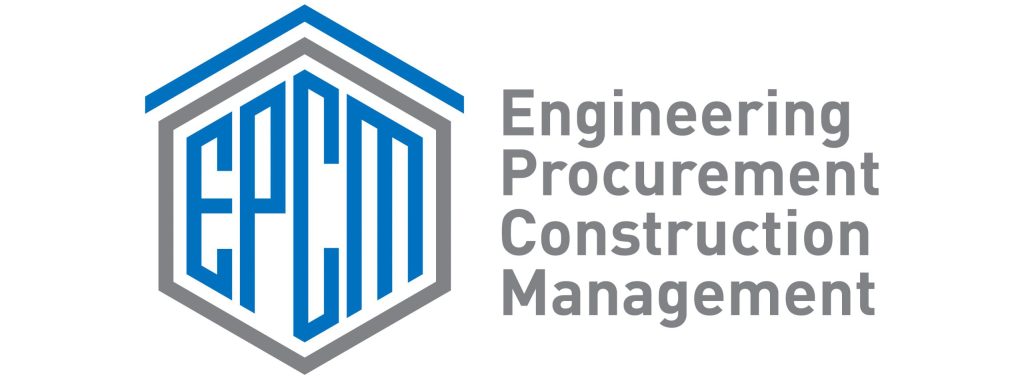In an era where a single leak can cost millions and environmental safety is paramount, the energy industry is undergoing a seismic shift. Engineering, Procurement, and Construction (EPC) firms are no longer relying solely on manual inspections and outdated systems. Instead, they’re harnessing the power of IoT to turn traditional pipelines into intelligent, self-aware networks—capable of detecting issues before they become disasters. Welcome to the future of pipeline monitoring, where data flows faster than oil.
The New Era of Smart Pipeline Monitoring
Modern pipeline networks now feature:
• Real-time monitoring sensors for pressure, flow and corrosion
• Predictive analytics that identify maintenance needs weeks in advance
• Automated leak detection systems with 99%+ accuracy
In Canada’s challenging operating environments, these technologies are proving particularly valuable for maintaining pipeline safety and efficiency.
How EPC Firms Are Implementing IoT Solutions
Forward-thinking EPC companies are deploying IoT across the project lifecycle:
- Design & Construction: Embedding sensors during fabrication
- Commissioning: Implementing baseline digital twin models
- Operations: Continuous monitoring through cloud-based platforms
- Maintenance: Transitioning to condition-based servicing
Recent industry reports show IoT-driven monitoring can reduce pipeline incidents by up to 45% while cutting inspection costs by 30%.
The Future of Pipeline Monitoring
Emerging innovations include:
- Autonomous inspection drones
- Blockchain-enabled compliance tracking
- Self-healing coating materials
- Advanced digital twin simulations
Why This Matters for Canada
With one of the world’s most extensive pipeline networks spanning diverse geographies, Canada stands to benefit significantly from these technological advancements in both safety and operational efficiency.
Interested in learning more about smart pipeline solutions? Connect with SEEDA’s engineering team to discuss implementation strategies.

